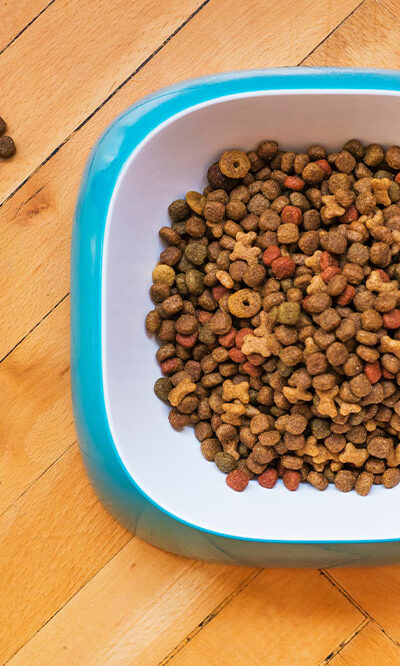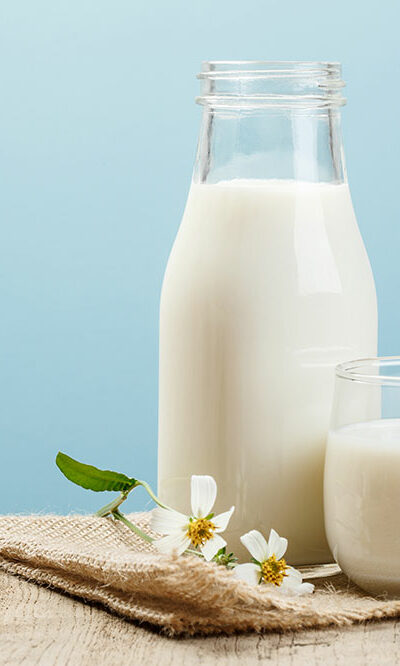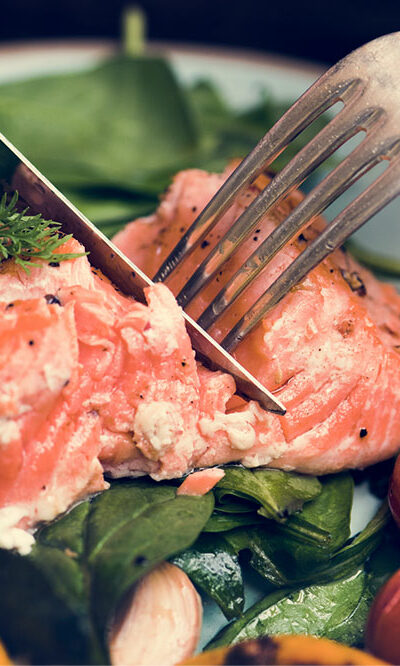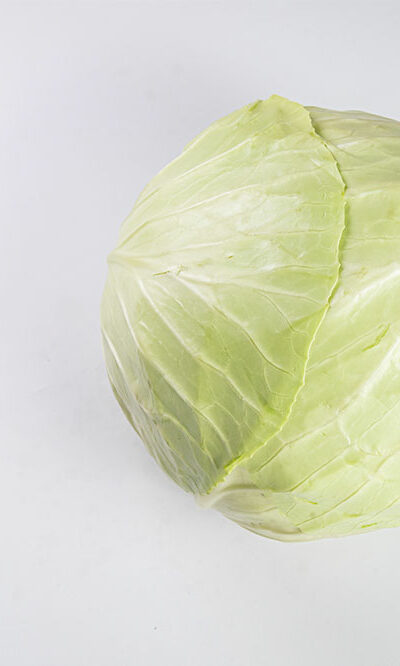
5 Common Digestive Issues and Their Symptoms
One of the most vital systems in our body is the digestive system. It is responsible for the digestion of food and the distribution of nutrients throughout the body to meet the bodily requirements for energy, development, and cell repair. Issues in the digestive can interfere with the body’s ability to get energy from food. While some gastrointestinal issues can go away with healthy eating habits, other concerns may require treatment. Irritable bowel syndrome (IBS) IBS is a functional bowel disorder. This means the cluster of varied symptoms categorized as IBS is brought on by changes in the normal functioning of the digestive system. The primary sign is abdominal pain, which can develop before or after a bowel movement, and is a reliable indicator of IBS. Additionally, one may experience both constipation and diarrhea. The form of IBS can be determined depending on whether a person has diarrhea or constipation more frequently or both equally. Other IBS signs and symptoms are incomplete bowel motions, white mucus in the stool, and bloating. Nutrition is important for managing the symptoms of IBS, which includes eating low-fat, high-fiber meals and avoiding common trigger foods when the cause of the condition is unknown. Food poisoning or gastrointestinal infection are common causes. During an infection, the immune system in the gut becomes active and produces cells and proteins that make the gut nerves more sensitive, affecting one’s digestive health. The gut experiences bloating and pain as a result of highly sensitive nerves. A low-FODMAP diet, which calls for avoiding foods high in certain carbohydrates (fermentable oligosaccharides, disaccharides, monosaccharides, and polyols), has been shown to relieve the symptoms of IBS. Crohn’s disease Crohn’s disease is an inflammatory bowel disease (IBD). The portions of the GI tract that are most usually impacted by Crohn’s disease are the terminal ileum and cecum.










